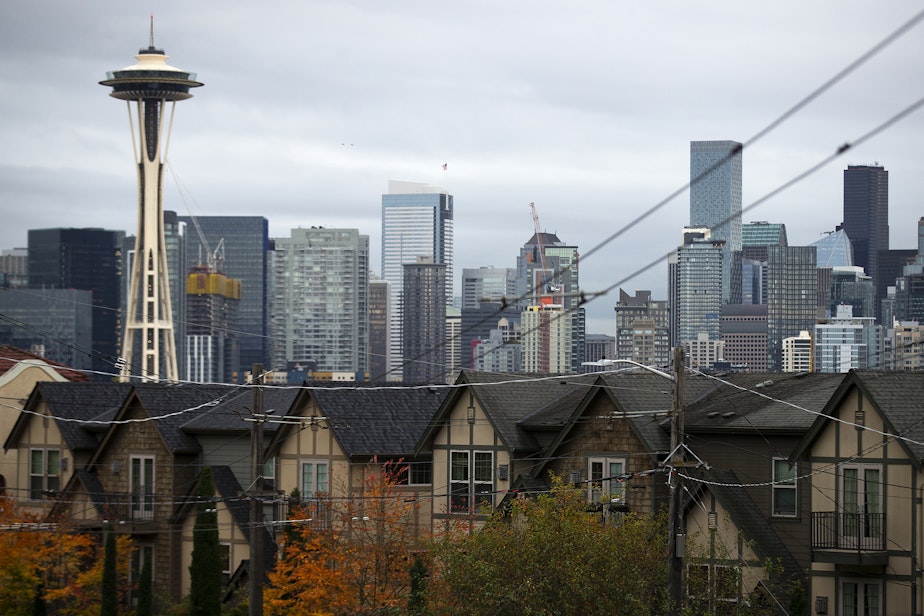Seattle's growth plan inches toward more housing, draft by draft

How should Seattle grow over the next 20 years? It's a long-simmering question that came one step closer to being answered this week. That's because Mayor Bruce Harrell published the latest draft of the city's comprehensive plan.
The previous draft of the plan, released last winter, received a large number of public comments saying it was not aggressive enough in its housing production targets.
RELATED: Will Seattle's new growth plan produce enough housing for newcomers?
For example, many found that while it complied with the letter of the state's middle housing bill, it did not embrace the spirit of that law, doing only the bare minimum to stay in compliance with a law designed to increase housing abundance during a statewide housing shortage.
The new draft removes some loopholes that would have exempted parts of the city from having to allow townhome construction.
"I want to give my kudos to the mayor and to [Office of Planning and Community Development] at the city, who I really think took community feedback to heart," said Rachel Smith, President and CEO of the Seattle Metro Chamber of Commerce. "They responded with a plan that reflects the pro- housing agenda that we have, and I think that this administration shares."
Sponsored
Like many who praised the new plan, Smith said there's room for improvement, particularly along arterials, where she says the city hasn't taken full advantage of the opportunities to build more housing near arterials with good transit.
"I think the conversation is going to continue to roll on as this goes to council," Smith said.
RELATED: Seattle gets a little more ambitious as it updates its growth plan
Alex Brennan, of the non-profit Futurewise, shared much the same perspective as Smith.
Regarding the lack of housing being allowed along arterials, he added that apartment buildings should be allowed on "the next street over" that runs parallel to arterials. These streets are still within walking distance of good transit, but their quality of life is very different.
Sponsored
“It’s really important for people who live in apartment buildings to be able to live on a safe, quiet residential street where they don't have to worry about their kids getting hit by a car, where they're not exposed to the air pollution and noise and that,” said Brennan.
RELATED: Corner stores are the cornerstone of Seattle's quest to become a 15-minute city
The public comment period on the latest draft of the city's comprehensive plan runs through December 20, 2024.



